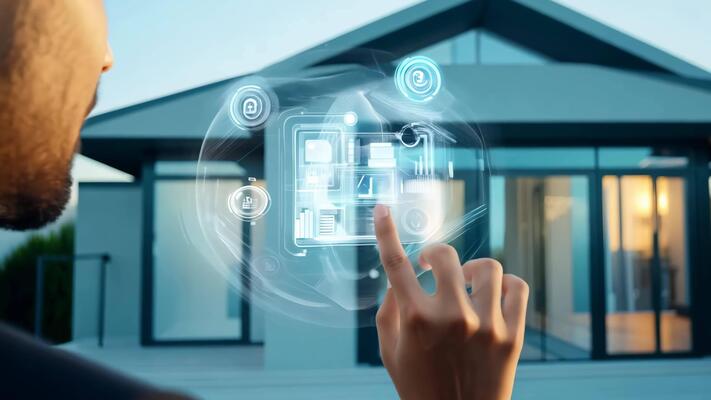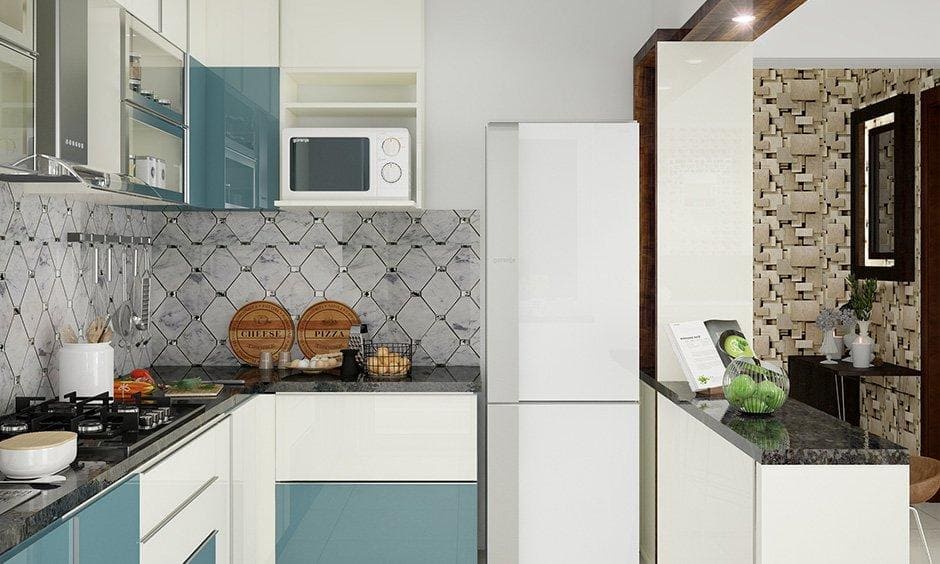Welcome to the world of smart homes! As technology continues to evolve, more and more people are transforming their traditional houses into smart homes. To ensure your smart home operates seamlessly, understanding smart home maintenance tips is crucial. By following these guidelines, you can maximize the efficiency and longevity of your smart devices.

Understanding Smart Home Systems
Before diving into smart home maintenance tips, it is important to have a basic understanding of what a smart home system entails. A smart home system consists of devices that can be controlled remotely through a smartphone or computer. These devices often include smart lights, thermostats, security cameras, and more.
Components of a Smart Home
Smart homes typically include various components, such as:
- Smart Lighting
- Security Systems
- Climate Control
- Home Entertainment
- Smart Appliances
Each component plays a vital role in making your home more efficient and convenient.
Regular Software Updates
One of the most critical smart home maintenance tips is to ensure all your smart devices have the latest software updates. Manufacturers frequently release updates to enhance functionality, improve security, and fix bugs. Keeping your devices updated is pivotal to maintaining their performance and security.
How to Check for Updates
Most smart devices will notify you of available updates through their respective apps. You can also manually check for updates by navigating to the settings section of the app.
Network Security
Maintaining a secure network is essential for protecting your smart home devices from unauthorized access. Implementing strong passwords and using encryption are fundamental steps in ensuring your network’s security. You can also explore additional security measures, such as setting up a guest network for visitors.
Secure Your Wi-Fi
Use a strong, unique password for your Wi-Fi network and ensure that WPA3 encryption is enabled. Regularly updating your router’s firmware can also help safeguard against vulnerabilities.
Device Placement and Setup
Proper placement and setup of your devices can significantly impact their performance. Ensure that your devices are within range of your Wi-Fi network to maintain a stable connection. Additionally, consider the placement of devices like cameras and sensors to optimize their functionality.
Optimal Placement Tips
Place your router in a central location in your home to ensure even coverage. Avoid placing smart hubs in areas with heavy interference, such as near microwaves or cordless phones.
Battery Maintenance
Many smart devices rely on batteries for operation. Regularly checking and replacing batteries is a crucial part of smart home maintenance. Consider investing in rechargeable batteries to reduce waste and save money in the long run.
Battery Replacement Schedule
Develop a routine for checking battery levels and replacing them as needed. Some devices have indicators that alert you when battery levels are low.
Cleaning and Physical Maintenance
Smart devices can accumulate dust and dirt over time, affecting their performance. Regularly cleaning your devices can prevent this. Use a soft, dry cloth to wipe down your devices, and ensure that vents and sensors are free from obstructions.
Cleaning Tips
When cleaning your devices, avoid using harsh chemicals or abrasive materials. Stick to using a microfiber cloth for the best results.
Energy Management
Smart homes are designed to be energy-efficient, but there are additional steps you can take to optimize energy usage. Utilize smart plugs and power strips to monitor and control your devices’ energy consumption.
Monitoring Energy Usage
Many smart home apps provide insights into your devices’ energy usage. Use this data to identify which devices consume the most energy and adjust their settings accordingly.
Integration and Compatibility
Ensuring compatibility between your smart devices is essential for a seamless smart home experience. Regularly check for firmware updates that enhance device integration. Consider using a central hub to manage all your devices from a single platform.
Choosing Compatible Devices
When purchasing new devices, ensure they are compatible with your existing smart home system. Research device specifications and compatibility before making a purchase.
Backup and Data Management
Data management is a key aspect of smart home maintenance. Regularly backup your settings and preferences to prevent data loss. Utilize cloud storage solutions for secure data management.
Data Backup Options
Explore cloud backup services that offer automatic backups for your smart home system. Regularly review your backup settings to ensure all critical data is saved.
Professional Assistance
If you encounter issues that you’re unable to resolve, consider seeking professional assistance. Many companies offer support and troubleshooting services for smart home systems.
Finding Professional Help
Research local services that specialize in smart home maintenance. Read reviews and ask for recommendations to find a trustworthy service provider.
Future-Proofing Your Smart Home
As technology continues to evolve, future-proofing your smart home is essential. Stay informed about new advancements and consider upgrading your devices when necessary to ensure compatibility with future technologies.
Keeping Up with Trends
Follow technology blogs and news outlets to stay updated on the latest smart home trends. Consider joining online forums to connect with other smart home enthusiasts.

FAQs
How often should I update my smart devices?
It’s recommended to check for updates at least once a month to ensure optimal performance.
What should I do if a device stops working?
First, try resetting the device. If the issue persists, contact the manufacturer’s support team for assistance.
Are smart homes secure?
When proper security measures are in place, smart homes are secure. Regularly update your devices and use strong passwords to enhance security.
For more detailed insights, consider visiting Investopedia’s guide on smart homes.





